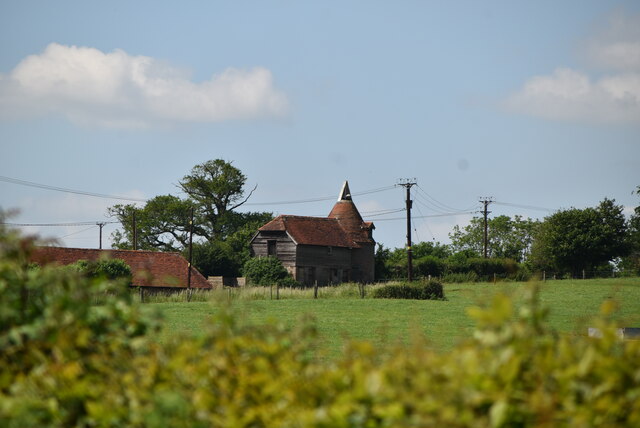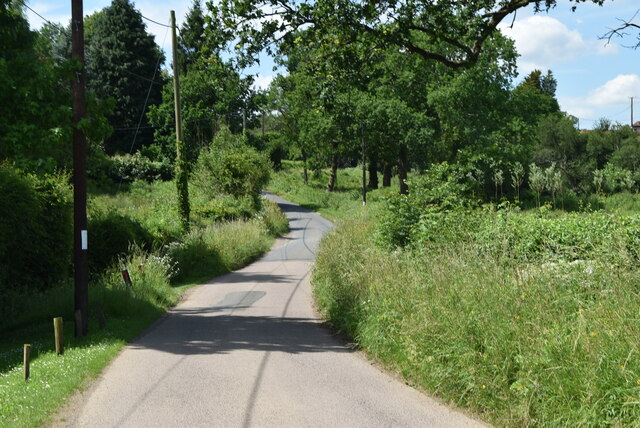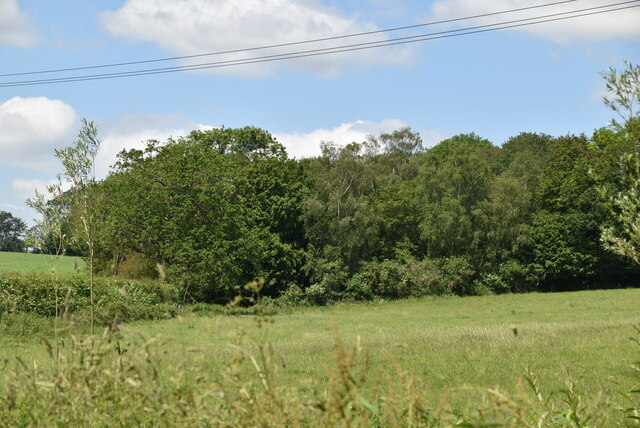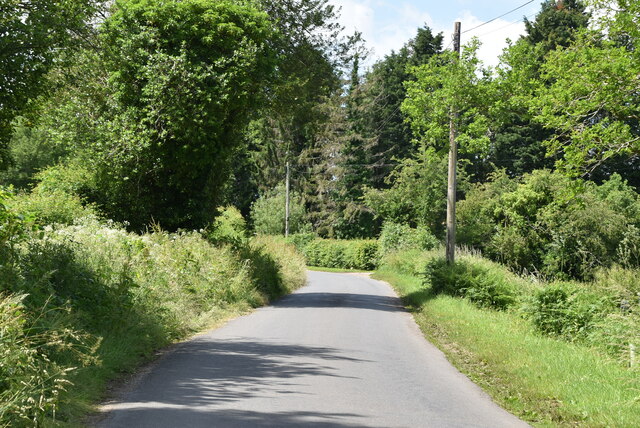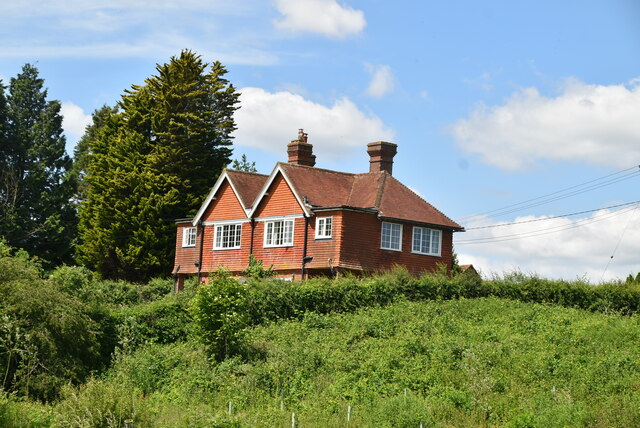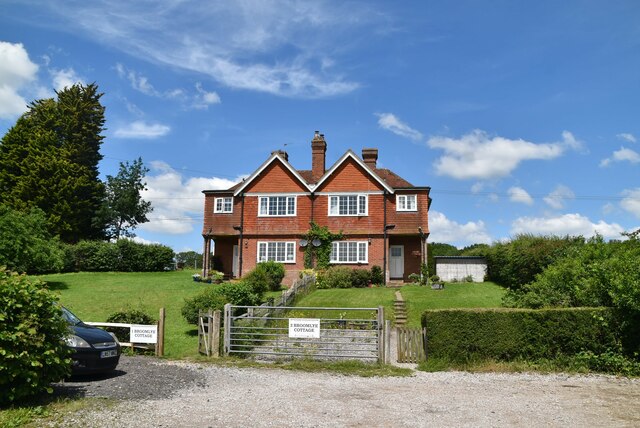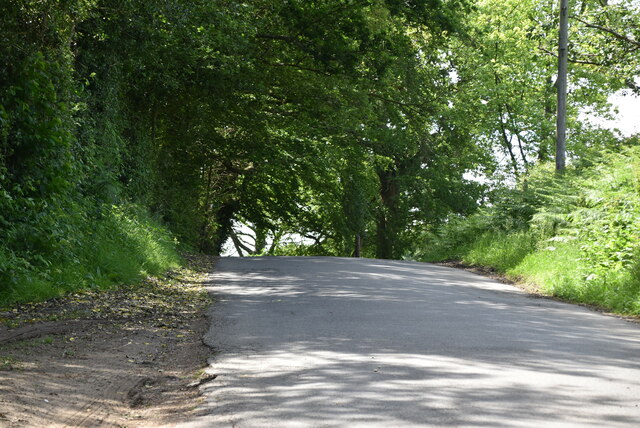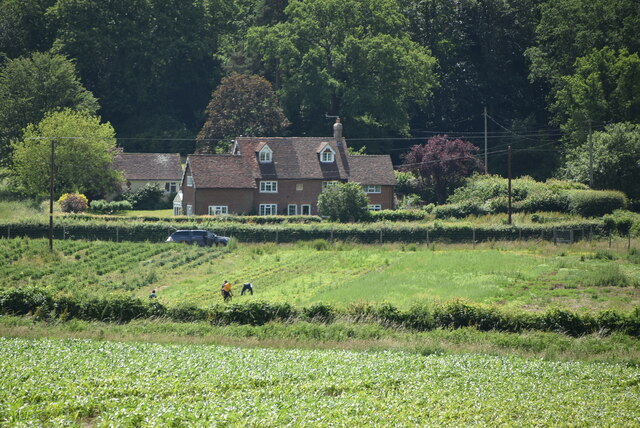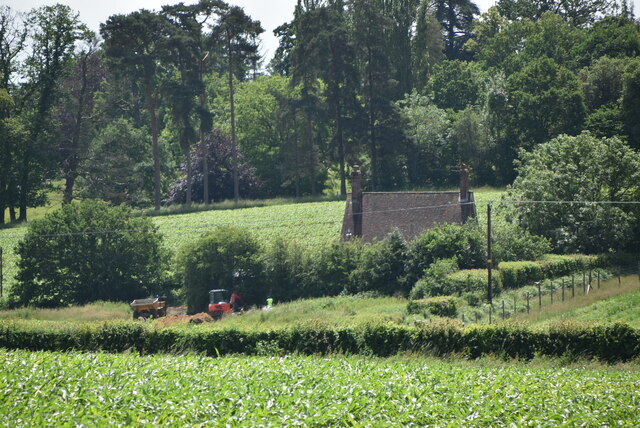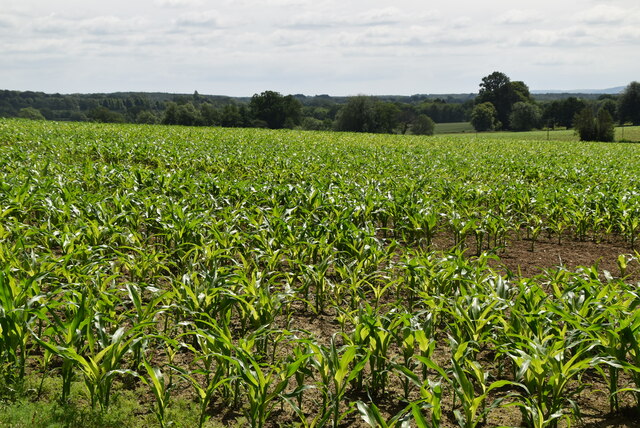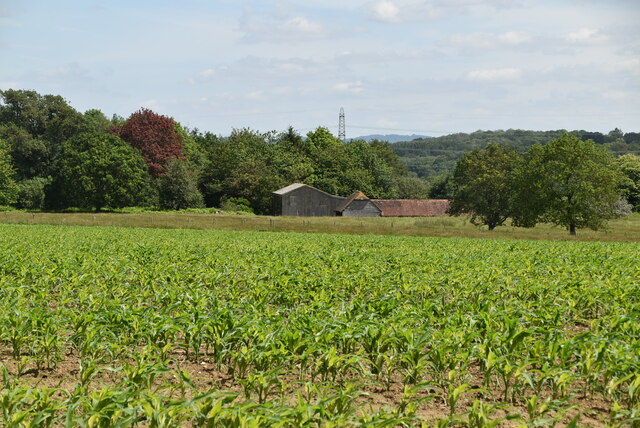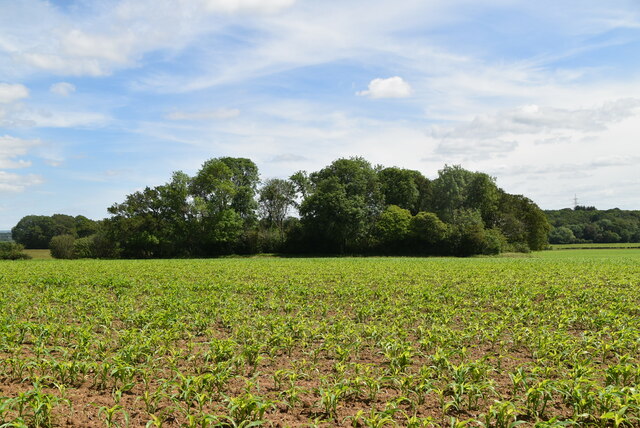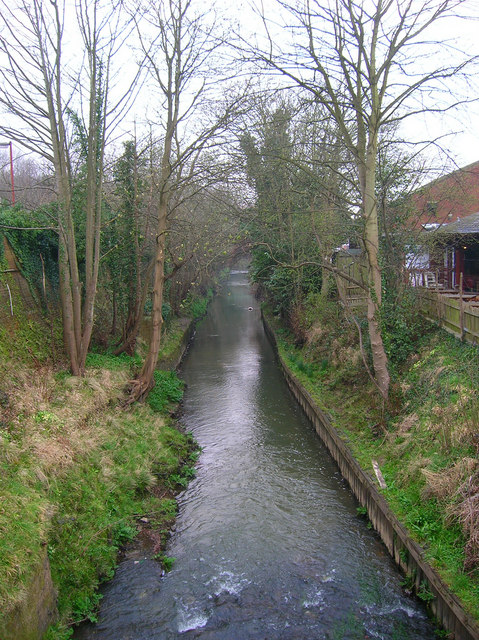Gipp's Wood
Wood, Forest in Sussex Lewes
England
Gipp's Wood
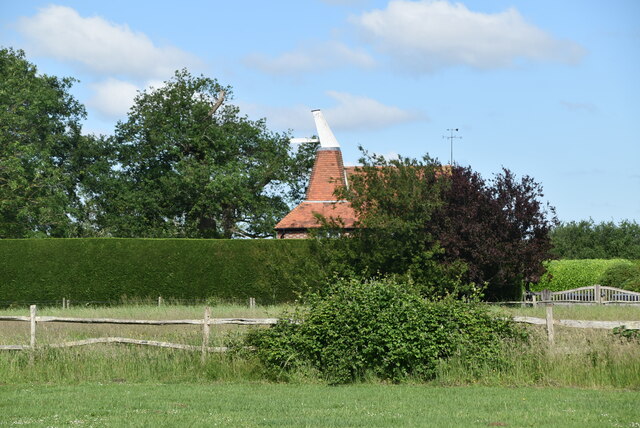
Gipp's Wood is a serene and enchanting forest located in the county of Sussex, in southern England. Covering an area of approximately 200 acres, this ancient woodland holds a rich historical and ecological significance. Nestled amidst the picturesque landscape of the South Downs National Park, Gipp's Wood is a popular destination for nature enthusiasts, hikers, and those seeking a peaceful retreat.
The woodland is predominantly composed of a diverse range of deciduous trees, including oak, beech, and ash, which create a dense canopy overhead. This vibrant ecosystem provides a habitat for an array of wildlife, such as deer, foxes, badgers, and a variety of bird species. The forest floor is adorned with a carpet of wildflowers during the spring and summer months, adding to the area's natural beauty.
Trails meander through Gipp's Wood, allowing visitors to explore and immerse themselves in its tranquil ambiance. The paths are well-maintained, making it accessible for all levels of hikers. Along the way, there are several clearings and picnic spots, where one can take a break and enjoy the serenity of the surroundings.
Gipp's Wood is also steeped in history, with evidence of human habitation dating back to the Iron Age. Archaeological discoveries, including pottery fragments and ancient earthworks, have been found within the woodland, adding to its cultural significance.
Overall, Gipp's Wood is a captivating and peaceful destination, offering a haven for nature lovers and history enthusiasts alike. Its natural beauty, diverse ecosystem, and historical significance make it a true gem within the Sussex countryside.
If you have any feedback on the listing, please let us know in the comments section below.
Gipp's Wood Images
Images are sourced within 2km of 50.950836/0.035093824 or Grid Reference TQ4318. Thanks to Geograph Open Source API. All images are credited.
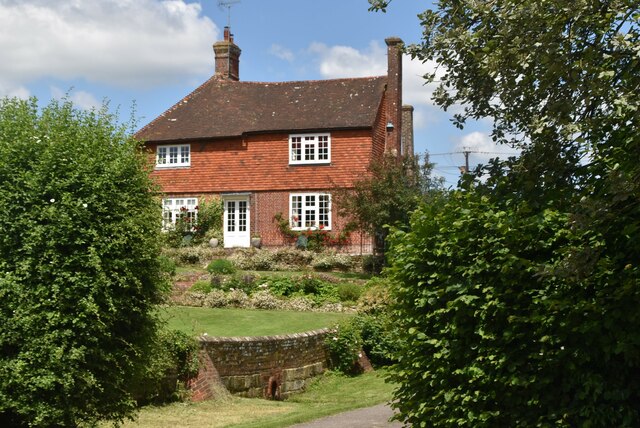
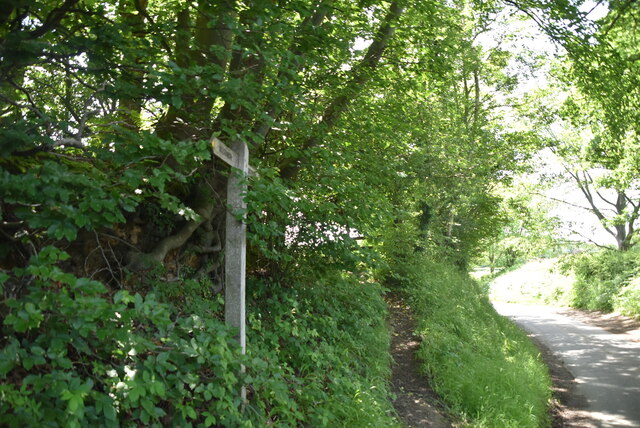
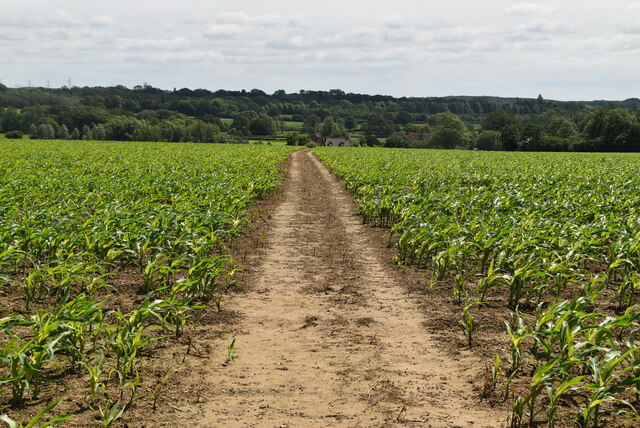

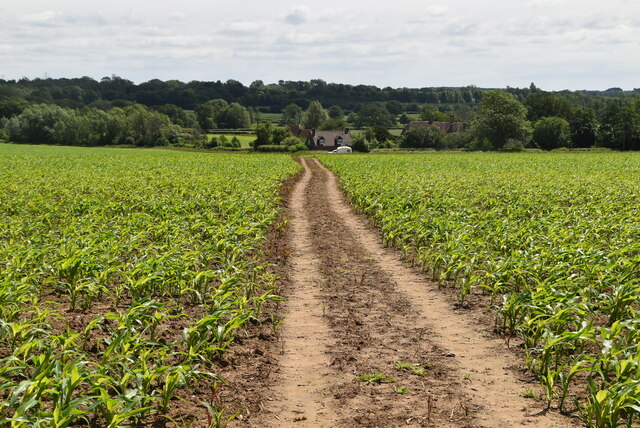
Gipp's Wood is located at Grid Ref: TQ4318 (Lat: 50.950836, Lng: 0.035093824)
Administrative County: East Sussex
District: Lewes
Police Authority: Sussex
What 3 Words
///belonging.dolls.presume. Near Newick, East Sussex
Nearby Locations
Related Wikis
River Uck
The River Uck is a river in East Sussex, United Kingdom, which drains a catchment starting near Crowborough in the North, Hadlow Down to the East and Laughton...
Isfield railway station
Isfield is a preserved railway station on the closed section of the Wealden Line which served the East Sussex village of Isfield near Uckfield. Originally...
Lavender Line
The Lavender Line is a heritage railway based at Isfield Station, near Uckfield in East Sussex, England. == History == The Lavender Line was originally...
Isfield
Isfield is a small village and civil parish in the Wealden District of East Sussex in England, located north-east of Lewes. == History == The village of...
Zion Chapel, Newick
Zion Chapel is a former Strict Baptist place of worship in the village of Newick in Lewes District, one of six local government districts in the English...
Chailey
Chailey is a village and civil parish in the Lewes District of East Sussex, England. It is located 7 miles north of Lewes, on the A272 road from Winchester...
Barcombe
Barcombe is an East Sussex village and civil parish in the Lewes District of East Sussex. The parish has four settlements: old Barcombe (TQ 418 143), the...
Barcombe railway station
Barcombe was a railway station serving the village of Barcombe in East Sussex. It was part of the East Grinstead to Lewes line, part of which now makes...
Related Videos
Watercolour Painting - materials chat part 2 with Emma Burnett, Bradness Gallery
Useful information on the different uses of watercolour, gouache and ink.
Bungowla Lucy Lou training at Alder Lake Farm 10/03/19
Just to entertain some of you Rider error, nobody's perfect ♀️ She aced it the second time round that's what matters.
Nearby Amenities
Located within 500m of 50.950836,0.035093824Have you been to Gipp's Wood?
Leave your review of Gipp's Wood below (or comments, questions and feedback).
